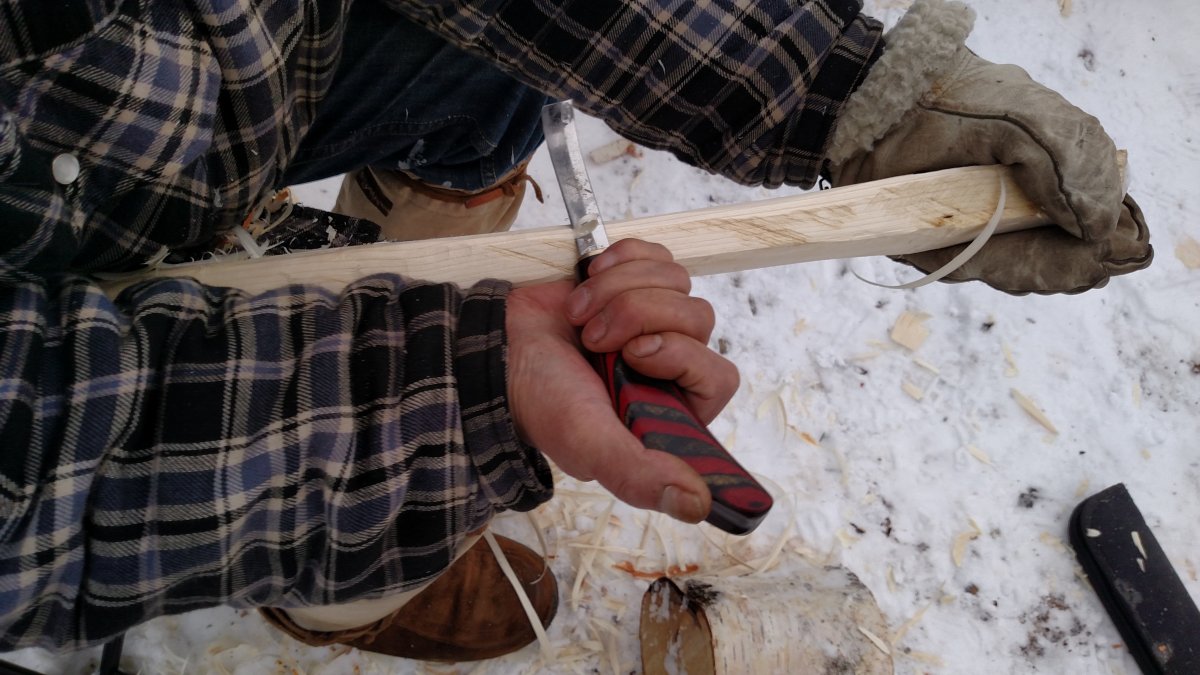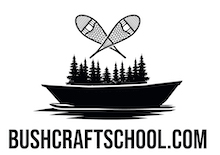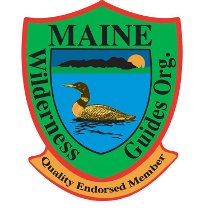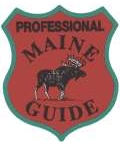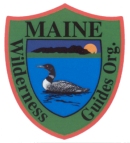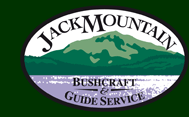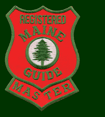If you’re taking part in our online community at bushcraftschool.com, you likely saw our first youth track course about backyard botany. It’s the first in a series of programs that will guide young people (and adults too if they’re interested) through the basics of real-world, hands-on nature studies.
Another set of those courses is going to be about making handcrafts with things most people likely have around their house. Items like plastic bags and cereal boxes are a great way to practice the handcrafts before you use harder to obtain materials. If you work through the process of making a basket with cardboard a few times, the kinks are already worked through when you make one using strips of ash, or reed.
Pairing these two processes is a great way to make use of the information gathered in your plant studies. It combines the facts you’ve researched with a real-world application, so as you do your own nature studies, keeps a running list of the uses of species you study that you find interesting, and then give those handcrafts a shot. It’s one thing to know abstractly that a species makes good cordage, but another entirely to have made ten feet of it. Once that’s happened, not only will the information be firmly planted in your mind, but you’ll have real opinions about what works well and what doesn’t, rather than just reciting what you’ve read. That’s what we’re aiming for with the nature studies.
For example, over the last few years, I’ve gone down the rabbit hole of making bows, and I’ve seen lots of information out there about what types of wood work, and which don’t. Often times, you can find contradictory information about a particular species, and I think that’s interesting. It forces you to do two things. Firstly, it makes you realize that often dogma trumps real-world experience. People repeat what they’ve heard over and over, and eventually, it becomes seen as fact and isn’t even attempted. A few years ago, I made a bow from a birch stave. Most of the information I saw said that a birch bow needed to be made from a branch, not a piece from the trunk. I’m still shooting that bow once a week, and it’s one of my favorites. The change that made it possible was the style of bow I made, which brings up the second point. When you read that a material is “good” for a craft, be sure to look into the specifics of how it was used historically. Often that approach makes better use of the material’s natural qualities, rather than trying to force it to do something it isn’t ideal for. For example, if you read that spruce root makes great cordage and try to use it to tie complicated knots, you’ll get frustrated as it breaks over and over, but if you use it simply to lash things together, you’ll see that as it dries it tightens, and becomes an incredibly sturdy way of holding shelters and cook rigs together.
There’s also a high amount of personal taste that can be applied. Lots of plants are listed as being good wild “teas”, but you may like some more than others. Any information like that is valuable, not only when you’re out on the land, but also in helping us form a valuable, easily remembered mental field guide. If you really enjoy spruce tea and harvest some whenever you see it, I’d be willing to bet you’ll eventually be able to identify it easily, and consistently. If what you’re looking for from nature studies is a closer understanding of the land, you’ll need to make it personal. Crafting and other ways of making use of the materials you’ve studied is, in my opinion, the best way to do that.
So head over to our online community, take our available nature study courses, and keep and eye out for the hand craft courses that are on their way.
